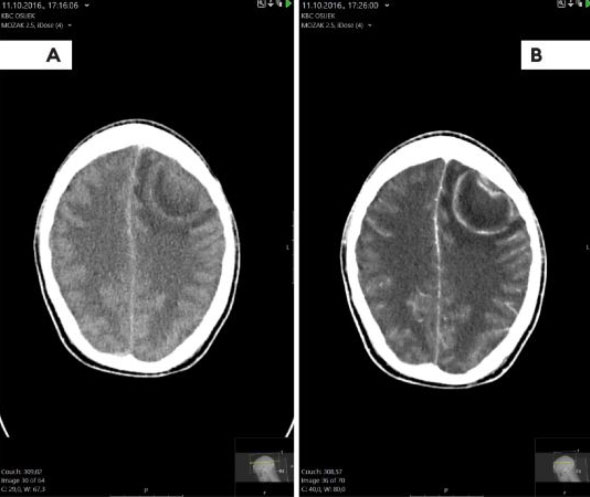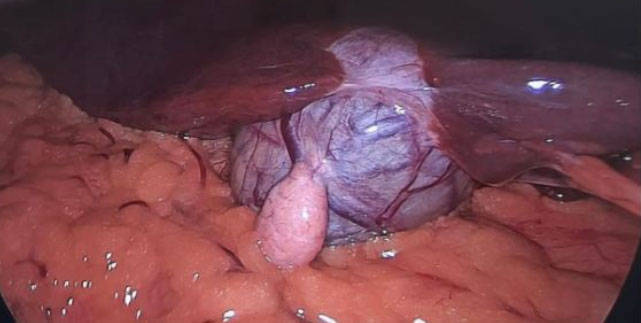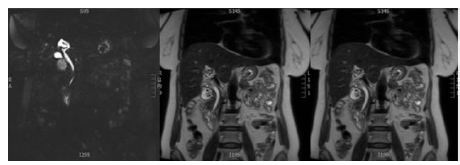 |
Case Report
Primary intrathyroidal paraganglioma: A case report of immunohistochemistry findings and a recommendation for surgical resection
1 Department of General Surgery, Robina Hospital, Robina, Queensland 4226, Australia
2 School of Medicine and Dentistry, Griffith University, Gold Coast, Queensland 4215, Australia
3 Pathology Queensland, Gold Coast University Hospital, Southport, Queensland 4215, Australia
Address correspondence to:
Russell Manley
Department of General Surgery, Robina Hospital, Robina, Queensland 4226,
Australia
Message to Corresponding Author
Article ID: 100106Z12SI2022
Access full text article on other devices

Access PDF of article on other devices

How to cite this article
Izwan S, Lam A, Manley R. Primary intrathyroidal paraganglioma: A case report of immunohistochemistry findings and a recommendation for surgical resection. J Case Rep Images Surg 2022;8(1):9–14.ABSTRACT
Introduction: Thyroid paragangliomas are very rare tumors. Awareness of its presentation is important to differentiate it from other common thyroid neoplasms. We present a care report of a primary intrathyroidal paraganglioma and its histopathologic findings.
Case Report: A 58-year-old asymptomatic female was referred to the General Surgery clinic following an incidental finding of thyroid nodules on imaging. She had no significant personal or family history of thyroid disease. Routine blood and thyroid function studies were within normal limits. Neck ultrasound demonstrated a multinodular goiter with a hypoechoic nodule in the right superior thyroid. Fine needle aspirate (FNA) showed atypia of unknown significance (Bethesda 3). She underwent a right hemithyroidectomy which confirmed on pathological examination to be a 19 mm intrathyroidal paraganglioma, which was positive for neuroendocrine markers and negative for calcitonin and cytokeratin. Serum metanephrine studies returned within normal limits.
Conclusion: Given the difference in management of paragangliomas compared to its cytology mimics and association with familial cancer syndromes, awareness of this rare tumor, and use of immunohistochemical stains are critical in arriving at the diagnosis, which has implications for clinical management and surveillance of these patients.
Keywords: Neuroendocrine, Paraganglioma, Thyroid tumors
SUPPORTING INFORMATION
Author Contributions
Sara Izwan - Substantial contributions to conception and design, Acquisition of data, Analysis of data, Interpretation of data, Drafting the article, Revising it critically for important intellectual content, Final approval of the version to be published
Alfred Lam - Substantial contributions to conception and design, Acquisition of data, Analysis of data, Interpretation of data, Drafting the article, Revising it critically for important intellectual content, Final approval of the version to be published
Russell Manley - Substantial contributions to conception and design, Acquisition of data, Analysis of data, Interpretation of data, Drafting the article, Revising it critically for important intellectual content, Final approval of the version to be published
Guarantor of SubmissionThe corresponding author is the guarantor of submission.
Source of SupportNone
Consent StatementSigned informed consent was obtained from the patient prior to publication of this case report.
Data AvailabilityAll relevant data are within the paper and its Supporting Information files.
Conflict of InterestAuthors declare no conflict of interest.
Copyright© 2022 Sara Izwan et al. This article is distributed under the terms of Creative Commons Attribution License which permits unrestricted use, distribution and reproduction in any medium provided the original author(s) and original publisher are properly credited. Please see the copyright policy on the journal website for more information.





